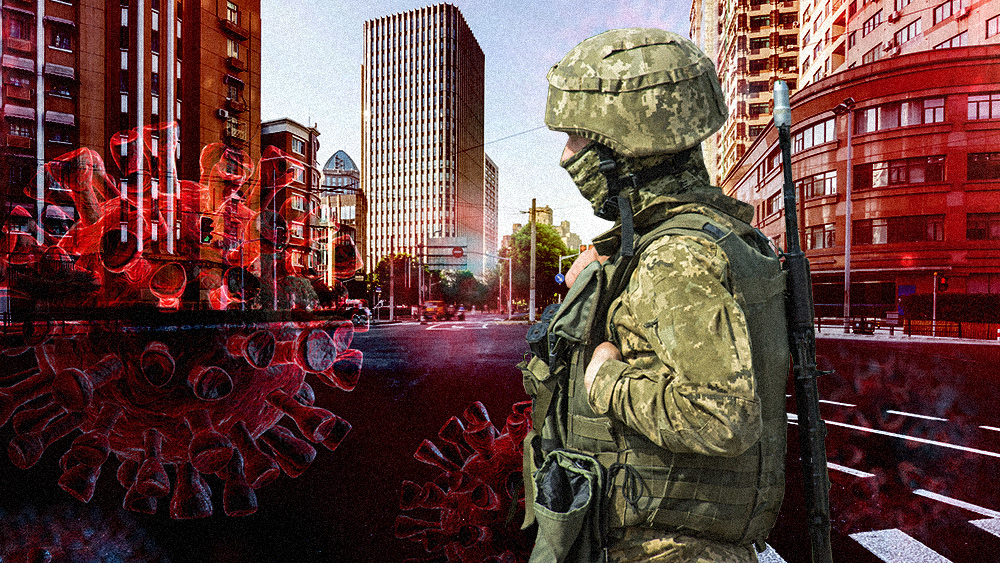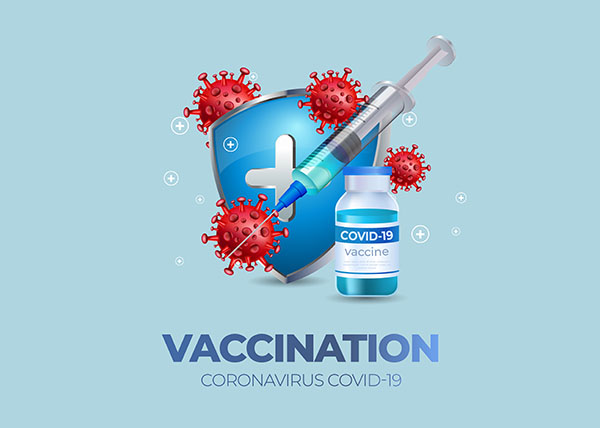CBP seizes four tons of cocaine in NARCO-SUB off southwest Mexico coast
08/07/2023 / By Laura Harris

The U.S. Customs and Border Protection (CBP), led by the Air and Marine Operations, recently intercepted a “narco-sub” with approximately four tons of cocaine worth $108 million off the southwest Mexico coast.
For the past five years, drug smugglers have been using narco-subs to discreetly transport large quantities of narcotics. In fact, Colombian officials revealed that they seized 111 narco-subs involved in drug trafficking from 2018 to 2021. It’s such a lucrative method of transportation that traffickers reportedly destroy their subs to avoid being found and traced back to them.
But the issue extends beyond waterborne trafficking, as drones have become a larger problem for U.S. law enforcement agencies tasked to combat the drug trade. (Related: COKED-UP JAWS: Florida sharks may be feasting on cocaine dumped into the sea by traffickers.)
Chief Patrol Agent Gloria Chavez of the CBP’s Rio Grande Valley sector stated that her team detected as many as 25,000 drones in a year. She warned that adversaries possess significantly more drones, flight hours and funding. Art Del Cueto, vice president of the National Border Patrol Council, said cartels also appear to be flying drones over border patrol stations to gather intelligence and seek ways to facilitate drug trade operations.
In 2018, academic journal International Studies Perspective cited an expert who said cartels use drones to look for border patrol agents and inform drug smugglers of their positions.
Drug cartels transport weapons using drones coming from the US
Drones used by drug cartels became even more dangerous when a cartel member told the Courier Journal that drones are being used to transport weapons, including explosives, for targeted attacks. The cartel member said the drones legally came from the United States.
In 2021, a drone dropped a gunpowder bomb on Mexican police in El Aguaje, Mexico. This incident underscored an alarming trend in the ongoing battle against drug cartels: the weaponization of drones. Cartels like the Jalisco New Generation (CJNG) and Cárteles Unidos are already arming themselves with drone technology to bring in more drugs to the United States.
The cartel member, a drone operator with Cárteles Unidos, revealed that his organization has about 100 drones. He added that cartel members receive training on their use from a man nicknamed “Lord of the Skies.”
“He’s been training us since last year,” the cartel member said. “We have many drone models. They’re not too sophisticated but can carry a considerable amount of explosives.”
These weaponized drones are used for surveillance, territory control and sometimes to attack rival cartels. While the current drone attacks haven’t been as effective in causing significant damage, authorities fear that cartels may acquire deadlier devices in the future.
Derek Maltz, a former agent in charge of the U.S. Drug Enforcement Administration’s Special Operations Division, urged the designation of Mexican cartels as terrorist groups due to their increasingly militarized tactics and distribution of lethal drugs. (Related: UN report: Cocaine smuggling and production increase amid growing demand for illicit substances.)
Learn more about the trafficking of illicit drugs at DrugCartels.news.
Watch this video about the cartel’s expansion into the U.S., thanks to Biden’s soft border policies.
This video is from the NewsClips channel on Brighteon.com.
More related stories:
UN report: Cocaine smuggling and production increase amid growing demand for illicit substances.
Coca-Cola operates secret COCAINE manufacturing facility in New Jersey.
COCAINE found in West Wing phone cubby hours after Biden visit, Secret Service confirms.
Cocaine, Spices, and Hormones Now Being Found in Drinking Water.
Sources include:
Submit a correction >>
Tagged Under:
This article may contain statements that reflect the opinion of the author
RECENT NEWS & ARTICLES
BadMedicine.News is a fact-based public education website published by BadMedicine News Features, LLC.
All content copyright © 2019 by BadMedicine News Features, LLC.
Contact Us with Tips or Corrections
All trademarks, registered trademarks and servicemarks mentioned on this site are the property of their respective owners.




















